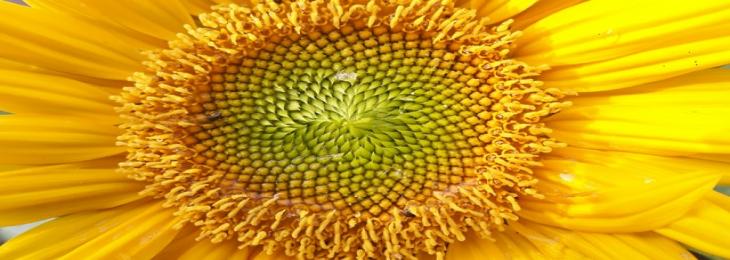
Researchers have developed new ink for 3D bioprinting using sunflower pollen that could be valuable for tissue engineering and various other functions.
Scientists at Nanyang Technological University, Singapore, developed a 3D bioprinting ink using sunflower pollen. It is a practical alternative to inks that are currently used in biomedical field, as it is sustainable and affordable. The pollan-derived ink is apparently could hold its shape up according to study reported in Advanced Functional Materials in August 2021.
To develop this new ink, researchers had to start by incubating pollen of the flower in an alkaline liquid for six hours. Due to this process, the hard pollen grains turned into softer (yet tough) microgel particles. These soft microgel bits were then added into a pre-existing hydrogel-like alginate or hyaluronic acid which are found naturally. Mixing them with hydrogel increased the strength of the gel. To test this new hybrid ink, researchers at NTU printed five-layer bioscaffold tissue for culturing cells within 12 minutes. The structure was capable of standing by itself. When such items are made from other inks, they tend to be floppy, not being able to hold themselves, which leads into printing them with supporting structures that later on have to be taken off and thrown away. It wastes the material and time used for the process. Afterward, scientists added collagen on the printed bioscaffold to give anchor points to planted human cells in it. The bioscaffold was observed to be 96% to 97% effective to retain those cells.
This experiment proved that the efficiency of this new hybrid ink is same as 3D cell culture platforms which are made from inverted colloidal crystal hydrogels that are more time consuming. The team also discovered that these soft pollen microgel particles could be of use as recyclable support matrix to use in freeform 3D printing where soft ink is needed.






